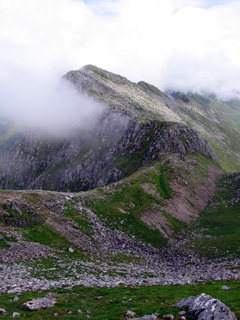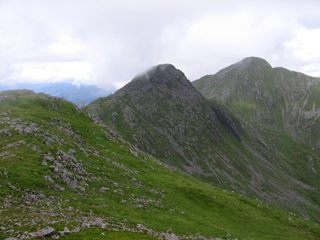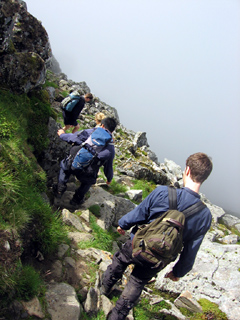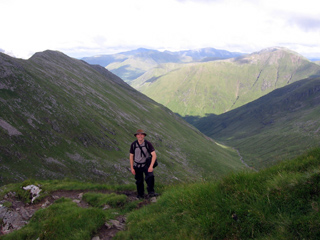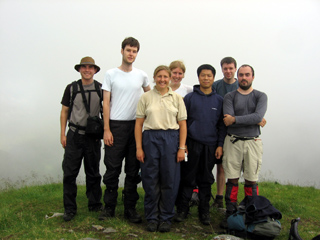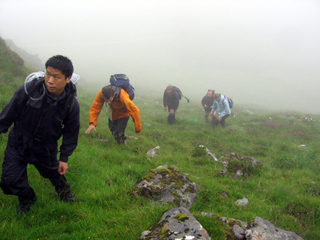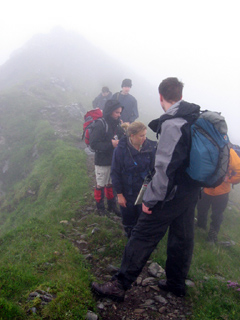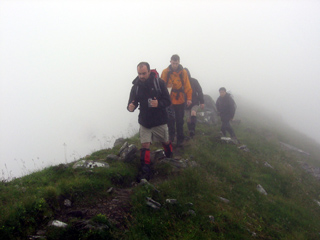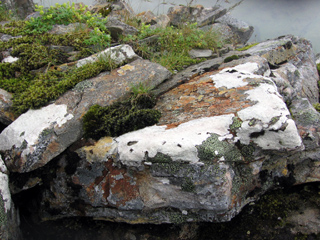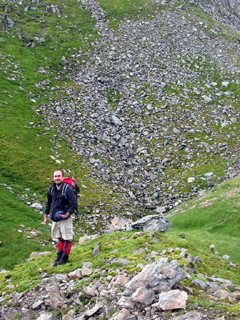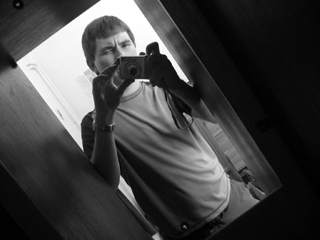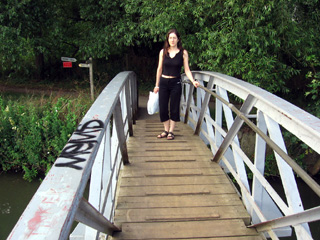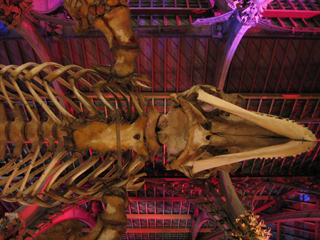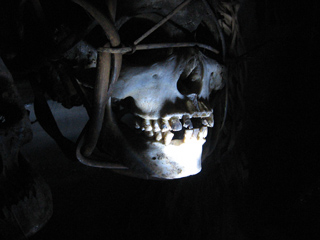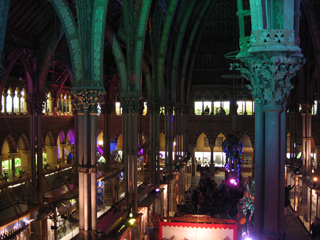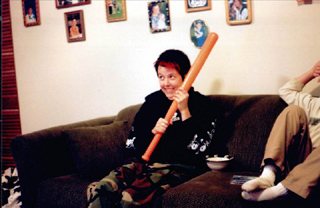
Over the last few days, I went through all 6000 or so original photos that I have copied to my laptop over the years. The vast majority were either taken in Oxford or in Vancouver, in the days leading up to my departure. There are also some travel photos – notably from my European trip in 2004 – and various sets of images scanned from rolls of film. I have very few photos from the period prior to what might be termed the middle of the Meghan era. Even going back that far fills me with conviction that I’ve lived a pretty interesting life; enough so that whole swaths of it can be forgotten entirely and come back like a CD you listened to a hundred times years ago, but never since.
While the quality of the photos has been improving, the subject matter and general characteristics of composition seem to be quite consistent. If anything, photos taken since I got a digital camera have been a bit more experimental upon occasion. There are also more shots of kinds that I prefer to have on a hard drive somewhere than on a website: not explicit, but simply not attempts at art or documentation for public consumption. I want what I put online to be attractive in a fairly conventional sense: with lines that guide the eye, proper exposure, and people looking good.
I really wish I had scanned some photos or negatives from my earliest period of real photography: after I got a manual Pentax SLR in tenth grade and started to do my own developing and printing. Much of it was quite technically imperfect, but it was nonetheless quite an exciting introduction into an empowering new medium. I particularly liked some of the shots generated over the course of a long string of trips to Victoria to visit Kate. Opening the huge plastic box with my old photo stuff in it, when next I am moving the bulk of my physical stuff in Vancouver, will probably involve a far more profound variant of the feeling of unfamiliar familiarity described above.
As with writing, I often feel somewhat entrapped within my own photographic style. I want to do something radically different, but attempts to do so are rarely good enough to warrant any public display – the ultimate objective of the greater part of everything I do. I can’t just turn around, like Orson Scott Card did, and write a cyberpunk short story that is any good.
Like with almost everything I do, I am almost always really pleased to get any kind of substantive response to photography I’ve done: regardless of how critical or positive it is. I am putting these things out there to be engaged with, to alter the ways that people think about me, themselves, and the world. If I am managing to do so, please tell me. If there is a way I could do better, I would be even happier to hear it.
PS. The gateway to almost all the photography I have online is here.
PPS. Given the annoyance of my increasingly fungus-covered digital camera sensor, donations to my photo gear fund are extremely welcome.

